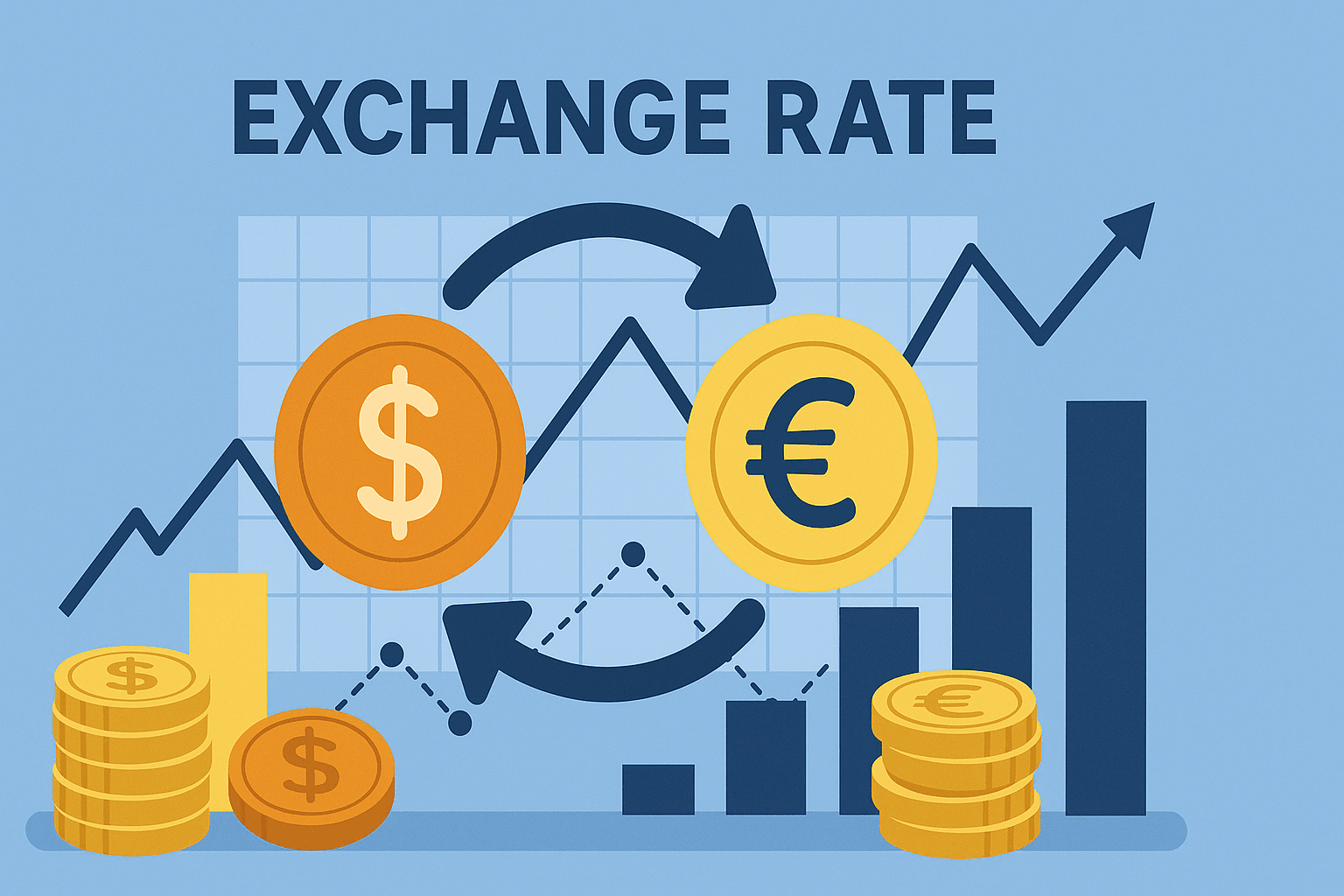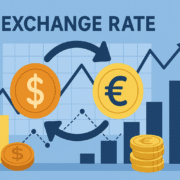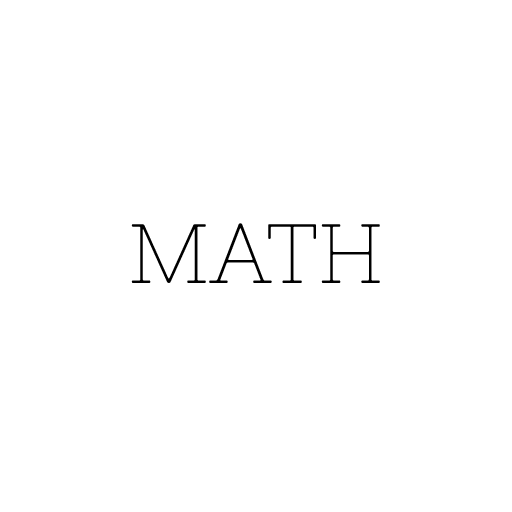
In our globalized world, exchange rates (https://worldfxrates.com/) have an effect on almost everything, from shopping and traveling online to doing business and investing. There is a lot of math behind these currency conversions. Individuals and businesses can make better financial choices if they understand the math behind exchange rates.
What Is an Exchange Rate?
The value of one currency in terms of another is called the exchange rate. If 1 U.S. dollar is worth 0.90 euros, that means you can trade 1 U.S. dollar for 0.90 euros. The value of a currency can change because of things like supply and demand, interest rates, inflation, and political stability.
Basic Math of Currency Conversion
Currency conversion is really just a simple problem of multiplying or dividing.
- Conversion formula:
Foreign Currency=Home Currency×Exchange Rate - Example:
If you’re traveling to Europe with $200 and the rate is 1 USD = 0.90 EUR, then: 200×0.90=180 EUR
To go back to the beginning and find out how much home currency is equal to a foreign amount, divide by the exchange rate.
Understanding Percentage Changes
Exchange rates don’t stay the same very often. A small change in percentage can make a big difference in profit or loss.
- Suppose yesterday 1 USD = 0.90 EUR, but today it’s 0.93 EUR.
(0.90-0.93)/0.90×100=3.33% . The euro value of the dollar increased by 3.33%.
For businesses that import goods or investors who trade currencies, this change can mean big profits or losses.
Real-World Applications
- Travel: Tourists figure out how much things will cost and how much they need to convert to stay within their budget.
- Business: When the cost of materials goes up, companies that import them must change their prices.
- Investing: Currency traders look at changes in exchange rates to find chances to make money.
- Economics: Governments and central banks use math to guess how strong a currency will be.




